30 Interesting Facts About Tattoos You Probably Didn’t Know
Some tattoo-related realities are stranger and creepier than fiction or just too bizarre.

Image: iStock
Be it large or dainty, colorful or blackwork, tattoos always make a statement! While you may think they are all the rage now, they have been around for ages, and the craze over them refuses to die down even in the 21st century. The tattooing process originated in ancient cultures as a form of healing, and slowly evolved into a novel art form. The word “tattoo” is derived from the Samoan “tatau,” meaning “to strike.” In 1769, Captain Cook, a British explorer, noted his observations about the indigenous Tahitian tribe sporting their cultural markings and was the first to use the word “tattoo” to describe them.
People with tattoos are often stereotyped and considered more aggressive than ones without any distinctive marks on their bodies. On the one hand, some tribes look to tattooing to record their ancestry as a permanent mark on their skins, as can be seen in the Maori culture. On the other hand, historically, tattoos have been associated with gangs, crimes, violence, rebellion, and generally the idea of disobedience. Although these prejudices are still in the process of dissolving, the acceptance of tattoos across communities is certainly growing. Living in this modern era, where we can see a surge in body art, knowing the history behind the art of tattooing can provide some much-needed context. Keep scrolling to learn facts about tattoos right from their history, trends surrounding them, and their impact on society.
In This Article
30 Interesting Facts About Tattoos
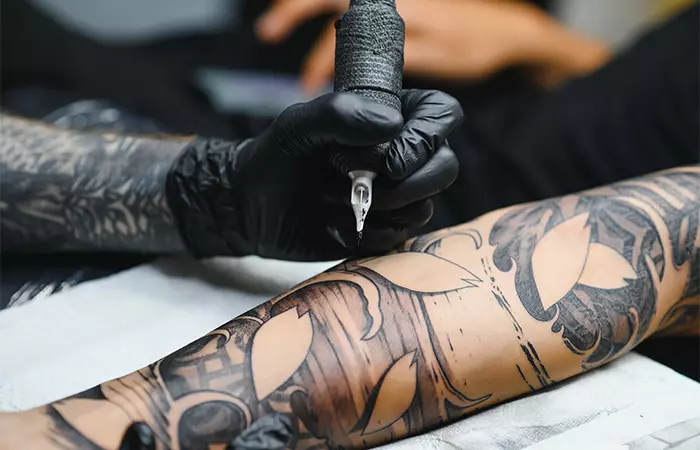
- The oldest tattoo in history found on human skin was on the body of Otzi, an iceman, dating between 3370 and 3100 BC. His body was discovered in the Alps and had 61 tattoos on it.
- In 2023, contrary to popular belief, it was found that men are more likely to get tattoos than women. In the United States, 38% of women have one tattoo at the very least versus 27% of men (1).
- Samuel O’Reilly was a tattoo artist in New York in the mid-1880s, and he patented his invention of the first electric tattoo machine in 1891. It was inspired by Thomas Edison’s electric printing pen, which he modified by adding needles and a tattoo ink reservoir to the design.
- A tattoo gun can penetrate around 1 mm inch deep into the human skin and puncture it between 50-3000 times per minute with tiny holes.
- One of the oldest tattoo ink recipes was made from corroded bones, vinegar, leek juice, vitriol, the bark of Egyptian pine, and insect eggs.
- Billy Gibby, an amateur boxer had numerous corporate tattoos inked on his body. Many corporate companies paid him to promote their brand on his skin.
- The word “tattoo” is one of the most commonly misspelled words in the English language; it is often wrongly spelled as “tatoo.”
 Trivia
Trivia- While undergoing a tattoo laser procedure, the black color pigment is thought to be easiest to remove as it absorbs more light of varying wavelengths (2). Comparatively, lighter colors such as yellow and green are considered the hardest to remove.
- Scott Campbell is considered to be the world’s highest-paid tattoo artist. He is known to charge a fee of $1000 for every hour and works only on the weekends.
- Kimberly Smith is believed to be the first woman to get an advertisement tattoo on her forehead to pay for her son’s tuition fee.

- A tattoo artist usually starts by learning the ropes of the tattooing process by practicing their skills on fruits, such as oranges, grapefruits, and lemons, as they have the closest texture resembling human skin.
- The Filipino traditional tattooing method, also known as batok, involves using elements like tomato leaves, pig bile, or sugarcane juice. These ingredients are bound with soot obtained from burning wood to make the ink.
- Getting a tattoo on areas such as the face, neck, head, and ears can be more painful when compared to other parts of the body. This is because these areas have a high density of nerve endings and thinner skin than other areas of the body.
- In ancient cultures, such as for the indigenous Polynesians, pain is an integral part of the process of getting a Polynesian tattoo. It signifies a rite of passage for boys entering manhood.
 Trivia
Trivia- In Soviet Russia, many prisoners used to get the faces of their national leaders, such as Stalin and Lenin, tattooed on their chests and backs. This was not in a bid to extend their support but to escape the death penalty. Apparently, the guards would not be able to shoot them as it was considered illegal to shoot at the images of these stalwarts.
- Gregory Paul McLaren is known to be the most tattooed person in the world who has almost 100 percent of his skin covered in black tattoos. Presently, he is making them color tattoos by filling them in.
- Many people state that the tattoo removal process feels like tiny droplets of hot grease on the skin.
A blogger shared her experience with pictures of what she felt undergoing a tattoo removal procedure. She writes, “It felt like my foot was in an oven and I couldn’t take it out. It reminded me of when I had braces put on my teeth as a child and was left wondering when the pain would go away (i).” The blogger also stated that although the pain endured during the tattoo removal did subside after a few hours, it left her foot looking swollen and bruised.
- The red tattoo ink color is most commonly associated with or likely to cause skin irritation and allergic reactions. This is particularly relevant for those who are prone to tattoo allergy, as red ink can trigger more severe responses compared to other colors. However, there could be many more reasons for the tattoo allergy that you must know before deciding on any one factor and indulging in any kind of treatment.
- Designs with white ink and UV ink are usually more expensive than regular tattoo ink designs. This is because they are notoriously difficult to wield, have never been proven to be safe, and mostly specialized tattoo artists work with them, making their designs and efforts worth more than general tattoo appointments.
- Tommy Lee, an American musician, made it into Guinness World Records by being the first man to get a tattoo on a plane.

- The advancement of technology in the tattooing process has evolved to the extent that one can even include the ashes of their dead ones in tattoo ink designs to commemorate their memory.
- The FDA does not regulate tattoo color inks and pigments (3).
- Legendary boxer Mike Tyson’s tattoo artist, Victor Whitmill, sued Warner Brothers over the Hangover 2 tattoo scene. The film reproduced his copyrighted face tattoo, which can be seen on Mike Tyson in real life, for a character in the film.
- Body art (like tattoos) is considered illegal in the UAE, Turkey, and Iran.
- Inner lip tattoos take around 3 days to heal due to rapid cell regeneration. This also makes these tattoos fade away quickly.
- In South African communities, people with tattoos are considered more extroverted, sociable, friendly, and approachable than those without tattooed skin.
- It is a common misconception that you cannot donate blood if you have tattoos. While the guidelines for donations differ among centers, the FDA recommends that you wait for at least three months after getting a tattoo (4).
- Women mostly get tattoos on their ankles while men mostly choose their arms to get inked.
- The most common reason why people regret getting a tattoo is when it is the name of a person.
- As of 2022, the longest tattoo session recorded in the Guinness Book of World Records is 61 hours and 37 minutes (5).
So, these were some interesting facts about tattoos and people with body art. While this artistic form came about as a form of healing and recording history, it has undergone many perception changes over the decades to get where it is today: a popular mode of self-expression. Hope you had fun learning from this mixed bag of facts.
These fun facts would have surely gotten you interested in getting inked yourself! Thus, it is important to discuss a few safety measures that will ensure you not only get a stunning design but also avoid possible complications in the process. Scroll down!
Health And Safety Considerations
When getting a new tattoo, always prioritize health and safety. Choose a licensed, reputable studio that uses sterilized equipment. Ensure the artist wears gloves and uses new needles. Discuss allergies and medical conditions beforehand. Follow aftercare instructions diligently to prevent infections and avoid exposure to unhygienic environments during the healing process.
From ancient cultures to modern artistic statements, tattooing the human body is a tradition that’s been around for ages. It is closely associated with cultural and religious practices, and it also serves as a form of artistic expression that gives a person a unique identity. It is important to note that the popularity of the art of tattoos has risen over the decades and is still standing strong as an art form. Its meanings, techniques, and versatility continue to fascinate us to this day. Love them or hate them, these permanent markers are certainly here to stay, and there is no arguing their cultural significance.
Key Takeaways
- Tattoos have been around for centuries. They have slowly evolved from being a form of healing practice and tradition with cultural significance to a trend.
- People with tattoos often face negative stereotypes and biases as they are associated with deviant behavior and are looked down upon.
- Women tend to get tattoos on their ankles, while men usually get them on their arms.
Frequently Asked Questions
Do tattoos hurt?
Getting a tattoo does hurt. However, the pain varies, where it might be an excruciating painful process for some, and for others, it may be a relatively less painful experience. Factors, such as pain threshold and the part of the body to be inked, determine how painful the experience can be.
How long does it take for a tattoo to heal?
It can take around 2-3 weeks or even months for a tattoo to heal completely. The tattoo healing time also depends upon various factors, such as size, complexity, placement of the tattoo on the body, aftercare practices, etc. The tattoo recovery duration is subjective and varies from individual to individual.
Do all tattoos fade over time?
All tattoos, even the permanent ones, fade over time owing to sun exposure, aging, poor aftercare practices, friction, etc., and may require touch-ups as needed.
Can you get a tattoo over a scar?
One can get a tattoo over a scar once the scar has fully healed. However, it is recommended to consult a dermatologist before taking the plunge to reduce the risk of any infection, allergic reaction, or additional scarring.
Are there any trends in tattoo styles?
Some of the most trending tattoo styles currently are micro realism, minimalism, temporary tattoos, new flash tattoos, ornamental tattoos, tribal tattoos, and geometric ink designs.
If you want to learn about some historical facts and quirky trivia about tattoos, check out this video. Learn about interesting statistics and people with tattoos who have broken records.
Personal Experience: Source
StyleCraze's articles are interwoven with authentic personal narratives that provide depth and resonance to our content. Below are the sources of the personal accounts referenced in this article.
(i). My Laser Tattoo Removal Journeyhttps://byebyeink.blogspot.com/2008/04/laser-tattoo-removal.html
References
Articles on StyleCraze are backed by verified information from peer-reviewed and academic research papers, reputed organizations, research institutions, and medical associations to ensure accuracy and relevance. Read our editorial policy to learn more.
- 32% of Americans have a tattoo, including 22% who have more than one
https://www.pewresearch.org/short-reads/2023/08/15/32-of-americans-have-a-tattoo-including-22-who-have-more-than-one/ - Optimising laser tattoo removal
https://www.ncbi.nlm.nih.gov/pmc/articles/PMC4411587/ - Tattoos & permanent makeup: Fact sheet
https://www.fda.gov/cosmetics/cosmetic-products/tattoos-permanent-makeup-fact-sheet - Revised recommendations for reducing the risk of human immunodeficiency virus transmission by blood and blood products
https://www.fda.gov/media/92490/download - Longest tattoo session
https://www.guinnessworldrecords.com/search?term=longest%20tattoo%20session&page=1&type=all&max=20&partial=_Results&
Read full bio of Scott Terry
Read full bio of Joyce Joyson
Read full bio of Madhumati Chowdhury
Read full bio of Aparna Harry









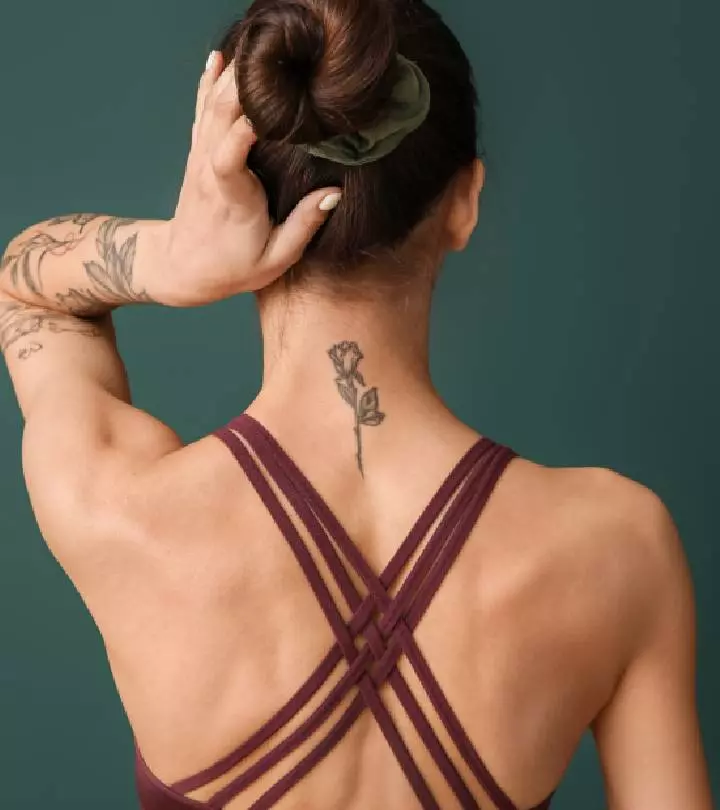
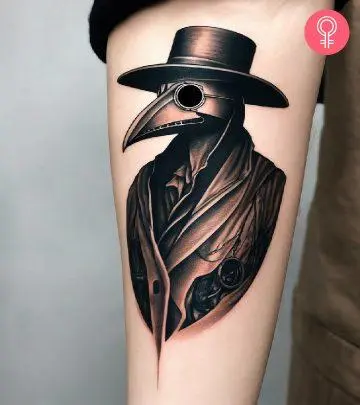
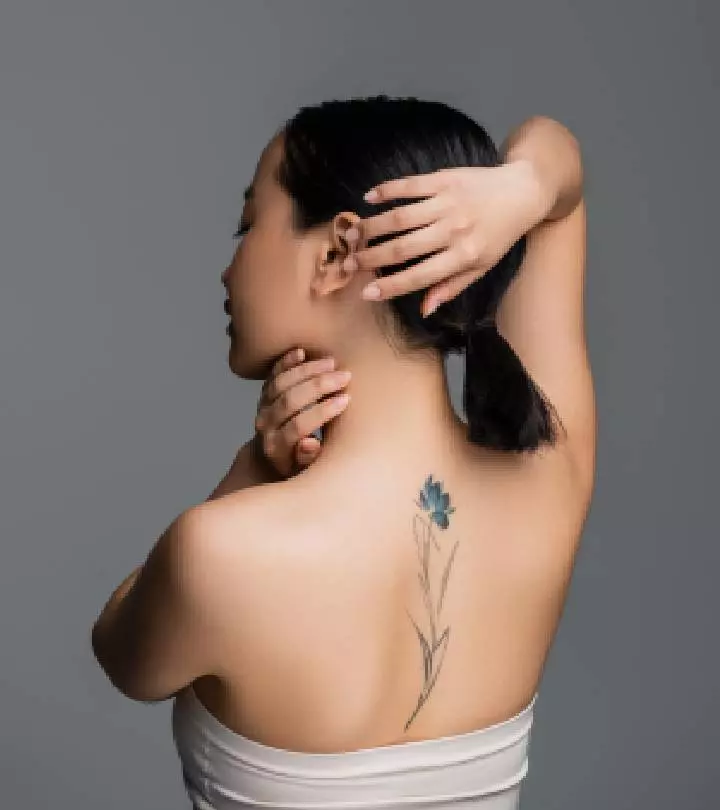

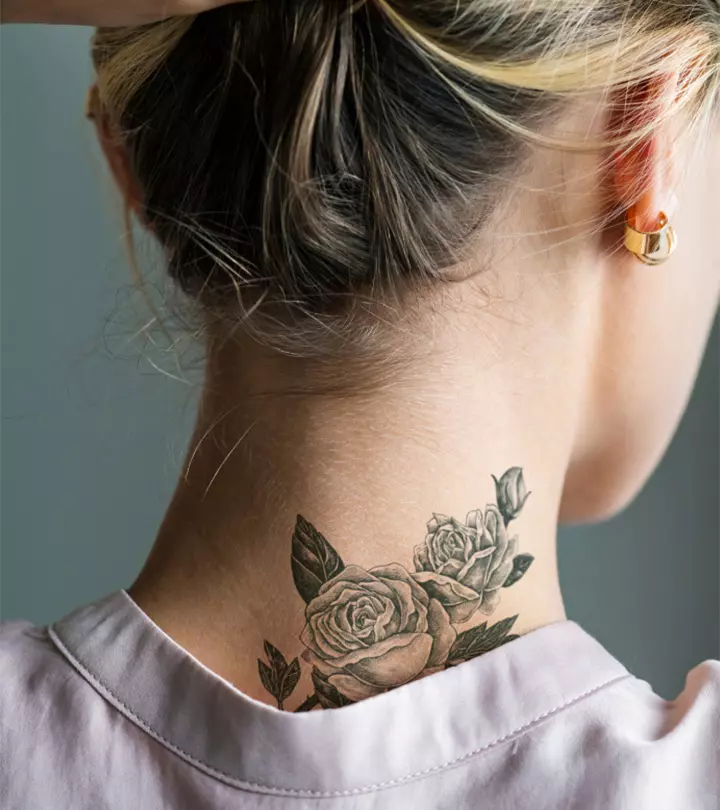
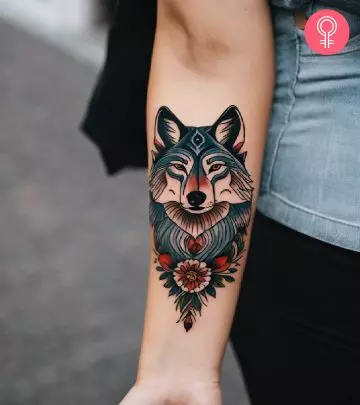
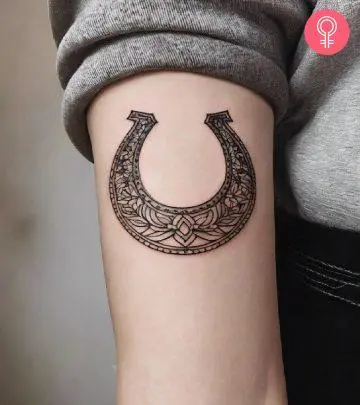
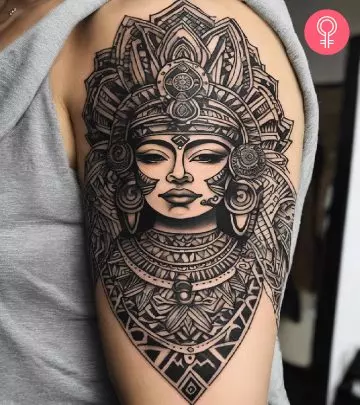
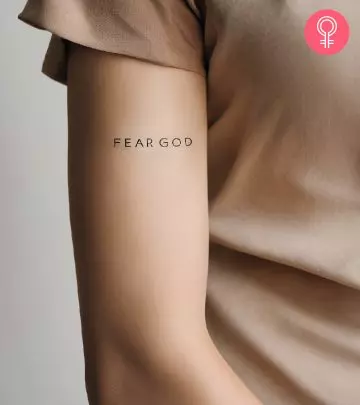
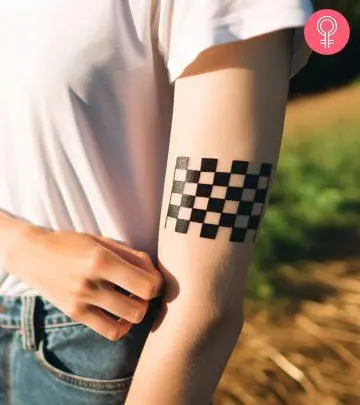

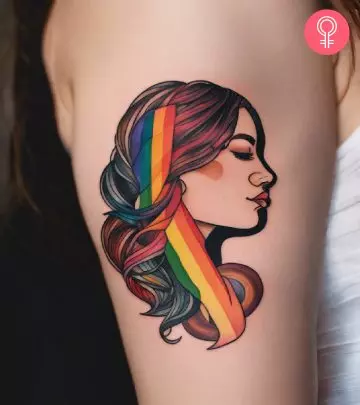
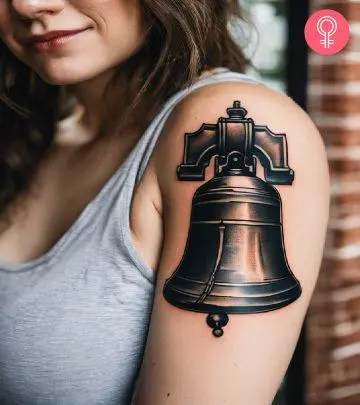
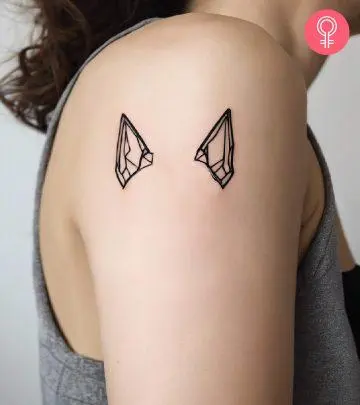
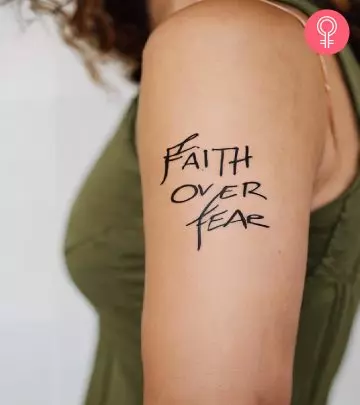
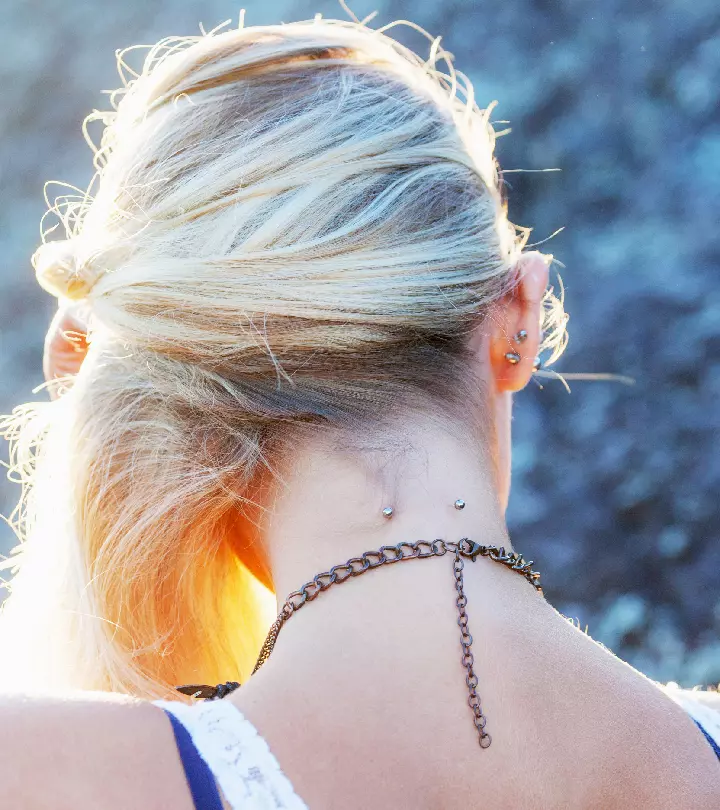
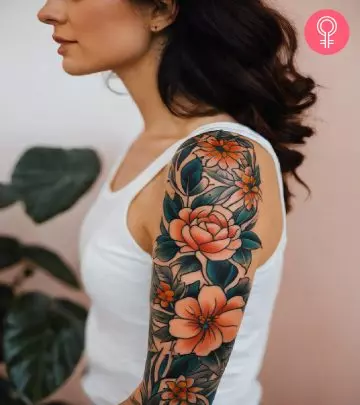
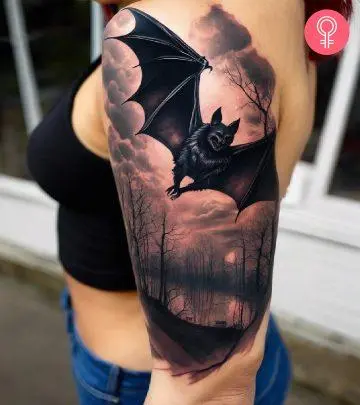
Community Experiences
Join the conversation and become a part of our empowering community! Share your stories, experiences, and insights to connect with other beauty, lifestyle, and health enthusiasts.